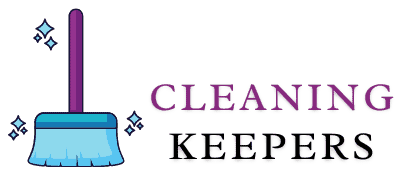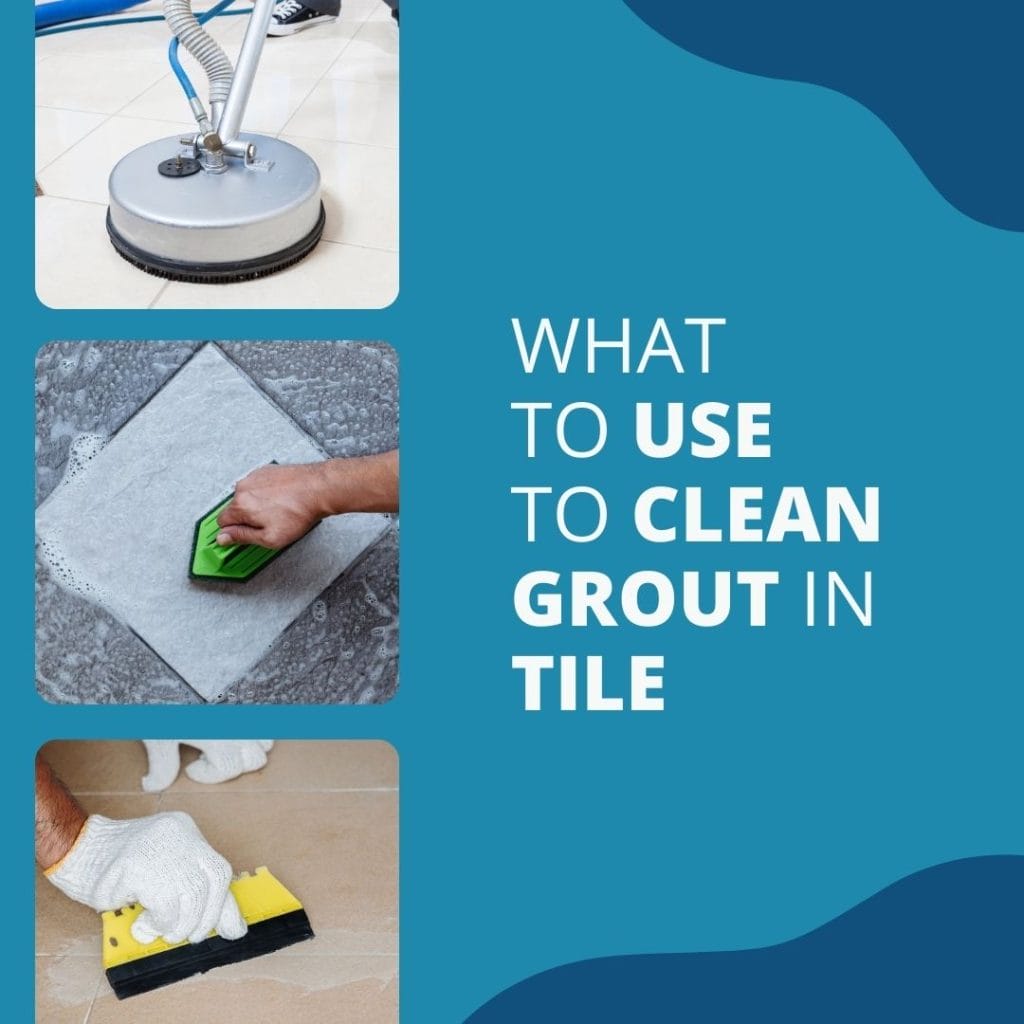Understanding the proper method for cleaning dirty utensils is pivotal in maintaining hygiene and ensuring the smooth operation of any food business. When done correctly, batch washing utensils can save time without compromising cleanliness. This process is particularly beneficial for small to medium businesses, where the efficient use of resources is crucial for success. This guide sheds light on the proper steps for batch-washing utensils and their role in upholding the industry’s health and safety standards. Let’s delve into the process that can make your business more productive and compliant.
Cleaning vs. Sanitizing
Before diving into the detailed steps for batch washing utensils, it’s important to distinguish between the terms ‘cleaning’ and ‘sanitizing.’ These two processes, while often used interchangeably, hold distinct meanings in the context of kitchen hygiene and are both essential components of the proper method for cleaning dirty utensils.
Distinction Between Cleaning and Sanitizing
‘Cleaning’ refers to removing food residues, dirt, and grease from the surface of utensils. It involves using soap, detergent, and water, primarily eliminating visible dirt or debris. On the other hand, ‘sanitizing’ goes a step further, aiming to reduce the number of pathogens or bacteria to safe levels.
Sanitizing, which usually involves using heat or chemicals, prevents foodborne illnesses, a concept further explored in firearm cleaning guide. Both cleaning and sanitizing are integral parts of the process when considering the proper method for cleaning dirty utensils.
Significance of Cleaning and Sanitizing
Cleaning and sanitizing hold paramount importance in the batch-washing process. Cleaning, the initial step, physically removes dirt, grime, and leftover food particles that can harbor harmful bacteria. This step is essential but only partially sufficient in ensuring utensil safety. That is where sanitizing comes in.
Sanitizing, which follows cleaning, reduces the number of pathogens to a safe level. It is the final defense, killing any lingering bacteria that could cause food contamination and subsequent illnesses.
Equipment and Setup for Batch Washing
The right equipment and an efficient setup are building blocks for an effective batch-washing process. Knowing which utensils and tools are required and how to arrange them can streamline the process and ensure that your utensils are cleaned and sanitized to the highest standard. Let’s look at the recommended equipment and setup for batch washing utensils.
Tools and Arrangements for Batch Washing
For successful batch washing of utensils, you’ll need the following equipment:
Three large wash basins or sinks, a dish rack, scrub brushes, detergent, and a sanitizer solution. The setup involves positioning the three sinks in a line. The first basin is for washing with warm water and detergent, similar to the process described in using Swiffer on vinyl plank flooring. the second for rinsing under clean water, and the third for sanitizing. Placing a dish rack at the end allows utensils to air dry, ensuring they are ready for the next use.
Tips for Organizing the Washing Area
An efficient washing area promotes productivity and optimal hygiene. Assign specific areas for soiled and clean utensils to prevent cross-contamination. Keep cleaning tools and detergents within arm’s reach for ease of accessibility. Consider using color-coded brushes for different utensils to avoid mix-ups. Lastly, maintain a clutter-free environment; it’s visually pleasing, reduces the risk of accidents, and enhances workflow.
Step-by-Step Guide to Batch Washing
Now that we’ve covered the basics and the importance of cleaning and sanitizing let’s delve into a detailed, step-by-step guide to batch-washing utensils. This proper method ensures your kitchen maintains the highest cleanliness and efficiency standards.
Comprehensive Guide to Batch Washing Utensils
- Preparation: Start by gathering all the dirty utensils and pre-rinsing them to remove visible debris. Keep all your cleaning essentials ready.
- Washing: Submerge the utensils in the first basin filled with warm water and a suitable detergent. Scrub each utensil thoroughly to remove any stuck-on food.
- Rinsing: Move the washed utensils to the second basin containing clean water. Rinse until all soap debris is removed.
- Sanitizing: Dip the washed and rinsed utensils in the third basin containing a sanitizing solution. Leave them submerged for the recommended time as per the sanitizer’s instructions.
- Drying: After sanitizing, place the utensils on a rack to air dry. Avoid towel drying as it can re-introduce bacteria.
- Storing: Once completely dry, store the utensils in a clean, dry place, ensuring they are readily accessible and organized for the next use.
Remember, consistency in following this process for batch washing utensils plays a critical role in maintaining a healthy kitchen environment.
Emphasis on Pre-soaking, Washing, Rinsing, and Sanitizing
Pre-soaking, washing, rinsing, and sanitizing are pivotal components of the batch-washing process, each contributing to the overall hygiene and cleanliness of your kitchen utensils:
- Pre-soaking: involves immersing heavily soiled utensils in warm water, sometimes with detergent or a specialized pre-soak solution. The aim is to loosen and dissolve hardened or stuck-on food, easing the subsequent washing process.
- Washing: Washing is the hands-on phase where each utensil is thoroughly scrubbed with a brush or scrubber using warm water and detergent. This process effectively removes any remaining food particles, grease, and dirt.
- Rinsing: After washing, utensils should be rinsed in clean water to remove any residual detergent or soap. Ensuring all soap suds are completely washed off is important to prevent soap residue on the utensils.
- Sanitizing: The last step is to sanitize the utensils by submerging them in a sanitizing solution or using high-temperature water. This step is vital in killing any remaining bacteria or pathogens, ensuring a high level of hygiene.
Best Practices for Efficient and Safe Washing
Adopting the best practices for efficient and safe washing not only streamlines the process but also enhances the overall hygiene standards of your kitchen. Let’s delve into some tried and tested strategies to maximize the effectiveness of your utensil batch-washing process.
Tips for Quick and Effective Washing
- Organize Your Utensils: Before starting, sort them based on size and material. This allows for easier handling and ensures each utensil is cleaned appropriately.
- Use Hot Water: Use hot water to enhance your detergent’s effectiveness, much like the technique used in cleaning hard-to-reach vents.
- Implement a Soaking System: For tough stains, set aside a separate basin for soaking. This aids in loosening stuck-on food and makes washing easier.
- Scrub Effectively: Invest in good quality scrub brushes and use them effectively to remove food residues.
- Rinse Thoroughly: Ensure all soap residues are completely rinsed off before moving to the sanitizing step.
Safety Considerations
- Prevent Cross-Contamination: Keep dirty and clean utensils separate to avoid cross-contamination.
- Use Protective Gear: Wear gloves to protect your hands from hot water and harsh detergents. Also, consider wearing an apron to keep clothing clean and dry.
- Avoid Spills: To prevent slipping and falling, immediately clean up any spills in the washing area.
- Handle Sharp Objects Carefully: Carefully when washing knives or other sharp utensils to prevent injuries.
- Proper Chemical Handling: Always follow the manufacturer’s instructions for detergent and sanitizer use to ensure safe handling and effective sanitization.
- Ventilation: Ensure good ventilation to prevent steam and detergent fumes from buildup in the washing area.
Maintaining Hygiene and Compliance
Maintaining hygiene and compliance in your kitchen is not a one-time task but a continuous effort that ensures the safety and quality of the food you produce. Let’s explore how proper steps for batch washing utensils can help uphold these standards and what additional measures can be taken for optimal cleanliness and adherence to regulatory guidelines.
Food Safety Compliance: Hygiene Standards
Compliance with hygiene standards and food safety regulations is paramount in the food industry. According to the Food Standards Australia guide, the proper method for cleaning dirty utensils involves meticulously washing, rinsing, and sanitizing to effectively remove food debris, grease, and potential pathogens. This process should be routinely followed to ensure safe food preparation and service.
IoT in Utensil Cleaning
The Internet of Things (IoT) brings new efficiency and precision to batch washing utensils. IoT-enabled devices can monitor the cleaning process, ensuring each step is carried out correctly and consistently. For instance, sensors can measure the temperature of the water used for washing and sanitizing, ensuring it’s within the recommended range for optimal cleanliness. Furthermore, IoT platforms can provide real-time alerts on deviations from the standard procedure, allowing immediate corrective action. This digital assistance streamlines the cleaning process and helps maintain compliance with food safety regulations.
Regular Cleaning and Maintenance
Cleaning and maintaining utensils is crucial to ensure ongoing hygiene and efficiency. This routine practice helps prevent the build-up of harmful bacteria, ensuring the longevity of your utensils and maintaining a healthy, safe, and operational kitchen environment. Thus, it plays a pivotal role in maintaining overall food safety standards.
Troubleshooting Common Batch Washing Issues
During batch washing utensils, one may encounter several common issues that can hinder the process. These challenges, however, can be efficiently addressed with the right knowledge and approach. Let’s delve into some frequent batch-washing problems and their practical solutions.
Common Batch Washing Challenges
- Persisting Grease: If utensils still have a greasy layer even after washing, it could indicate your water isn’t hot enough or your detergent is ineffective. Increase the water temperature and switch to a more potent detergent designed to cut through grease.
- Water Spots: Can occur when utensils aren’t dried properly after washing. To prevent this, ensure utensils are adequately dried off immediately after the final rinse. Consider using a drying rack or a clean, dry towel to facilitate this process.
- Utensils Not Sanitizing Properly: If your utensils need sanitizing correctly, your sanitizing solution may need to be at a different concentration. Use test strips to ensure the sanitizing solution is optimal for optimal effectiveness.
Solutions for Common Issues in Batch Washing
Insights from Quora discussions highlight the need for an efficient system for batch washing utensils, with users appreciating the importance of various steps, including pre-soaking, hot water, and thorough rinsing. Additionally, they underscore the role of technology, such as IoT, in improving the washing process. There’s also a consensus on the significance of regular cleaning and maintenance and safely handling cleaning chemicals.
Conclusion
The proper method for cleaning dirty utensils through batch washing is fundamental to maintaining hygiene standards and compliance in food businesses. Regular cleaning, safe handling of cleaning chemicals, vigilant troubleshooting, and utilization of technological aids such as IoT can streamline this process significantly. Embrace these best practices and adapt them according to the specific needs of your business. Remember, ongoing learning and improvement in your washing process will ensure the health and safety of your customers, which is the cornerstone of your business’s longevity and success.











